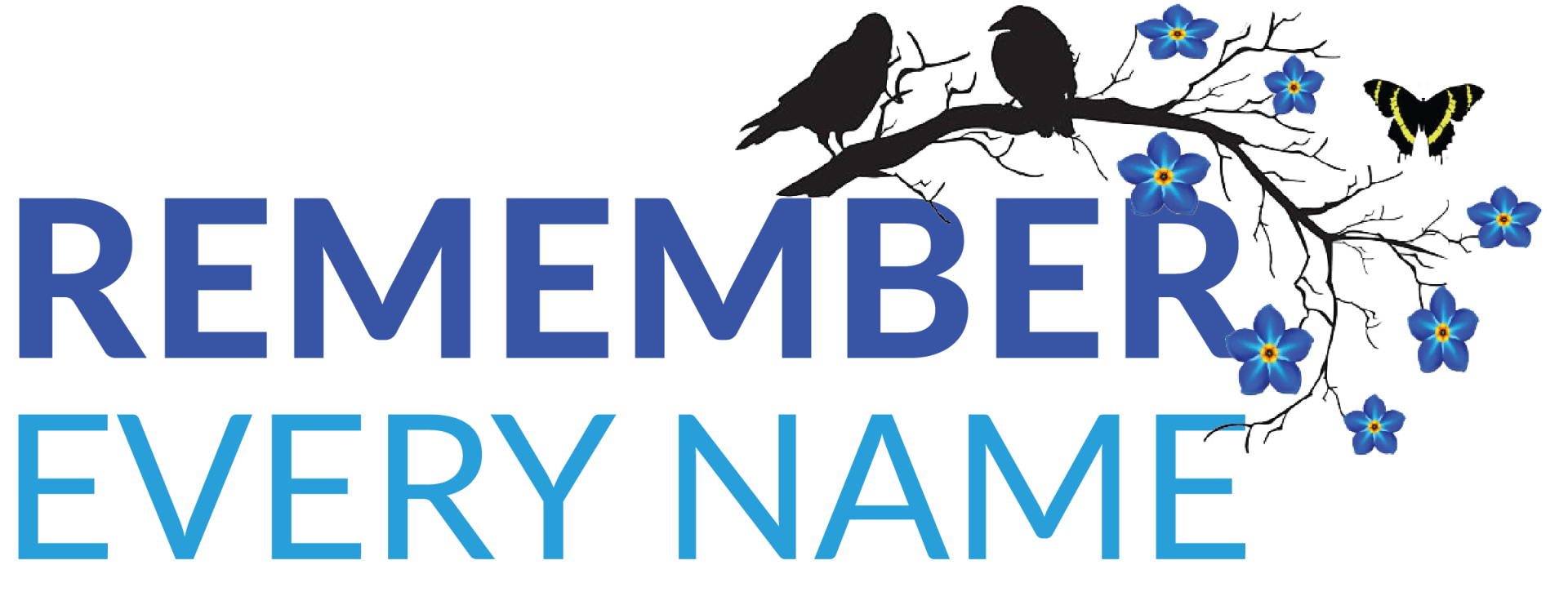The Questions Continue

- There are more bodies here than the government will admit.
- The government has not determined where all the bodies are.
- The current memorial marker says 1887-1971, and the MCSS website lists the first burial in 1893, but the website has recently changed to say the cemetery opened in 1899. Why? Where are people buried who died between 1876 to 1899?
- At one point, the government removed 800 or more gravestones.
- MCSS has never provided an explanation for this desecration.
- In the 1980’s, when some of the numbered gravestones (fewer than 200) were found turned upside down having been used as paving stones, they were not returned to their proper places. Why? What happened to all the other stones?
- The studies the government paid for are incomplete. For example, a company was paid to use ground penetrating radar (GPR) to investigate some areas, but did not include the whole cemetery. Their findings were: There are a “number of graves ... not mapped or marked.” That “trench burials ... during major epidemics (measles, diphtheria, typhoid fever and syphilis)” were possible. Some areas are “probable burial shafts” and “potential for grave shafts” – but with no certainty.
- The report concluded that “ground truthing” (carefully digging test trenches at regular intervals by hand) was the only way to be certain what is in the ground, yet not a blade of grass was moved.
- The government refused multiple offers from noted Canadian forensic anthropologist Dr. Jerry Melbye (recently deceased) to provide this service, and his vast expertise, free of charge. Read the request letter here written by Dr. Jerry Melbye.
- There are septic tanks in the section of the cemetery that opened in 1953.
- There is evidence that the government installed this septic system in 1952.
- A sewage pipe enters the tanks from the south; and appears to have been dug right through the area of earlier burials.
- Government maps from 1936 and 1941 show no evidence that a sewage pipe was in place then, and show no wider space between rows for a laneway where a sewage pipe could avoid disturbing burials. This is contrary to the theory put forth in the government’s report that the septic installation happened in the 1930’s, along with an expansion that we can find no evidence of.
The photo above - from the government report - shows the 1941 HRC cemetery map (blue area) super-imposed on a more recent aerial photo. The map shows tight, evenly spaced rows of graves. This map does not show any laneway space where the government says “a utility pipe was installed”. (Notes have been added to show the sewage system in question.)
So far, no government document has shown us the exact location of the sewage system pipe or proven when it was installed. GPR data should clearly show large sewage pipes such as those that enter these septic tanks, yet the government report has only drawn dotted lines on top of photos – showing where they ‘think’ the pipes are.
Sewage flowing through a cemetery is already disturbing, but the facts and discrepancies that are not being addressed have not reassured us that no graves were disturbed.
What We Don’t Know:
The government was required to produce all documents pertaining to HRC operations (from 1945 to 2009) to the court; now posted on-line.
However,http://www.mcss.gov.on.ca/en/mcss/programs/developmental/huronia_records_instructions.aspx shows only 8 documents pertaining to the cemetery – 5 are recent photos and 3 are recent emails. Where are all the other documents? What Is being hidden? Horrible rumours will circulate as long as information is withheld.
Survivors continue to speak out:
"The HRC Cemetery is sacred ground that has been desecrated by a septic system through it. The people laid to rest there can't speak but some of us survivors can."
– Betty Bond
“I’m worried the names will be wrong.”
– Marie Slark
"We want the people buried there to be respected and not be forgotten."
– Carrieanne Ford
It would not be right to proceed with the facelift at the cemetery – without correct information to mark who is buried where - until the facts are known.
People in the Orillia area and former staff members can help:
- Does anyone have more information about the septic system?
- Can anyone confirm that it was installed in 1952-53? It may have been in use until about 1974.
- Those who witnessed the burials – until 1971 - might know more.
- Who knows why the memorial marker - erected in 1989 - states more than 2000 people are buried here?
- Can anyone tell survivors how those old misplaced gravestones came to be found and returned – around 1990?
- What other important questions need to be asked?

